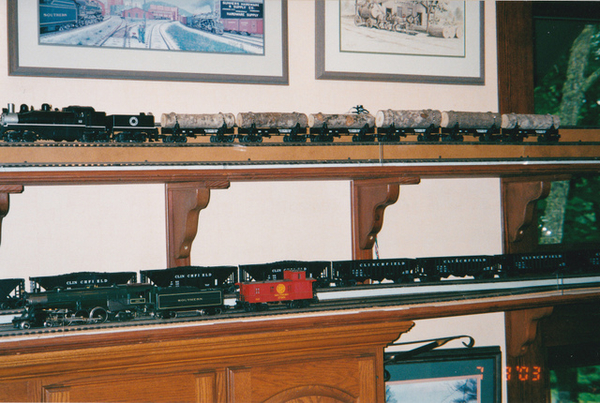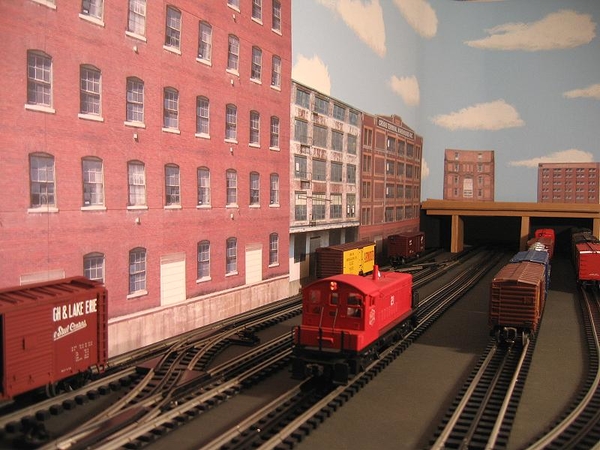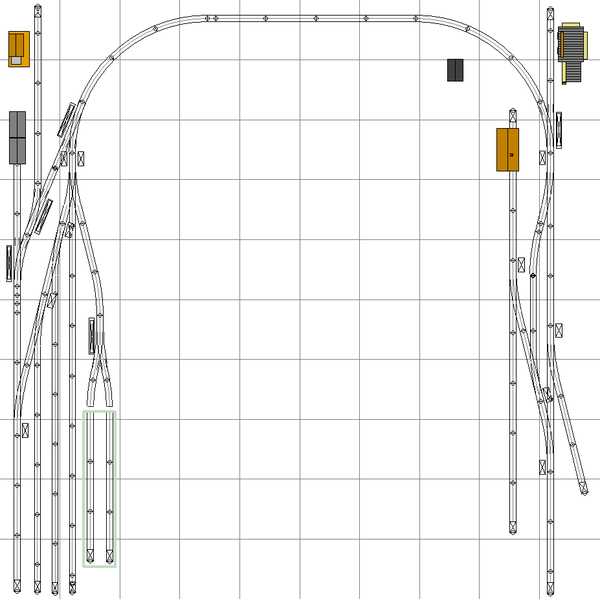I am getting back into model railroading after a long spell away from it. I'm now 60 and have a 6-year-old grandson (Tucker) who's possibly more enthusiastic about trains than I am. All considerations will therefore involve him to some extent--and he has a younger brother on the way.
I already have a "rug" set of Fastrack that can be set up whenever Tucker visits, but I'm also intent on building a permanent wall-mounted layout. As a wheelchair user, I don't want anything deeper than I can comfortably reach while sitting down, which is about two feet. And I'm starting with unfinished walls (exposed studs), so I can support the shelf at the desired height with angled braces, thus eliminating vertical legs that would interfere with my ability to maneuver my wheelchair. With a lightweight but sturdy frame supporting a base of 2-inch closed-cell foam sheet, I think this is feasible.
The good news is that the shelf can be up to 16 feet long, which I think is long enough to create some fun switching opportunities and install some operating trackside accessories. I already have two: the American Flyer operating sawmill (4-2321) and the Lionel operating ice house (6-12847), both of which are in perfect operating condition. They are recent eBay purchases that required a little TLC and adjustment, but they're working smoothly now and it's a delight to operate them. I'd like to add one or two more good accessories to the overall layout, along with full landscaping, but I don't want to overcrowd it.
I'm an avid modeler and have been dabbling with various train scales over the decades. I'm comfortable at soldering and wiring, and have enjoyed upgrading some HO scale locomotives in the past. However, spending time with Tucker has taught me that a youngster will have a lot more fun with the forgiving size and sturdiness of O scale. So will I!
Recommendations for a shelf layout measuring 2 feet by 16 feet would be most appreciated. I plan on using Atlas track and 0-54 turnouts, which allow for fairly close spacing of "ladders" and other parallel trackage.
Thanks in advance!
Bruce



















